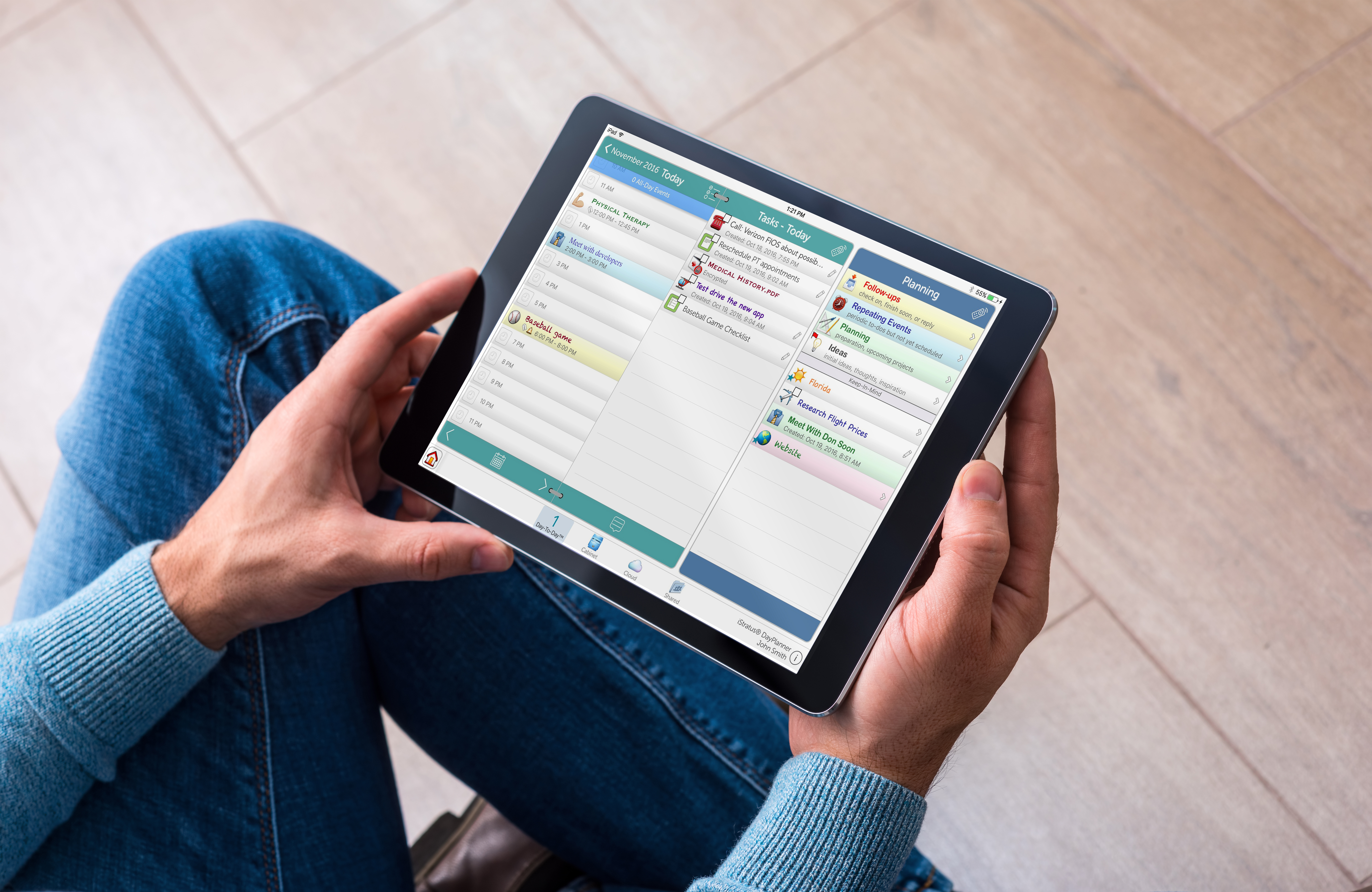Sometimes, it’s hard to take the weight of everything that occurs simultaneously in our lives.
Are you a caregiver? Perhaps you have a young child or a family member who has a disability or long-term illness that requires significant support.
If you’re someone’s caregiver, you know how tough it can be to balance the never-ending responsibilities amongst your work demands.
You want to be at your best with both roles, but inevitably there will be days when they feel mutually exclusive. The upside is, there are systems you can implement to manage the demands upon your time.
In this article, we’ll address some of the challenges faced by caregivers, and reflect on how iStratus can help you balance your responsibilities at both work and home.
An Increasing Trend
In addition to the increasing demands of today’s world, the COVID-19 pandemic has meant that a myriad of people have been thrown into directly providing full-time care for a relative for the first time.
As schools have morphed into a hybrid process of instruction, support services for aged care and vulnerable people are at maximum stretch, and there has been minimal time to adapt.
Knock on Effects: Work and Productivity
Caregiving responsibilities can also have a significant impact on your career. At times, you may feel as though you’re being pulled in two different directions. Perhaps you have to take longer breaks during the day to care for a parent, or leave work early more often because of your other responsibilities? Inevitably, this makes you feel less productive at work.
iStratus is here to help you manage your work and home responsibilities when you’re feeling stretched/“pulled apart.”
-
Get Organized
As a caregiver, it’s not rocket science: You have a bunch of responsibilities. Not only do you have to keep abreast of your work tasks and priorities, but you also have to invest time and energy in juggling the needs of your loved one. Thus, the ability to effectively organize your day is so significant.
One simple way to combat this is to use iStratus as a notebook, a sort of “catch-all” for your thoughts, notes, and tasks. That way all, important information is in one place and invaluable mental energy isn’t strained trying to remember everything.
iStratus aims to help you where you feel the most disorganized:
Are you often late for appointments?
Do you often delay meal preparation because you’re busy trying to finish off work?
Is your inbox a mess?
Start every day with iStratus using:
- A new, dated page
- A new To-Do List or Action Plan
- Prioritizing responsibilities, so that you avoid lost time on non-essential tasks.
By taking those small steps daily focused on areas that cause the most stress, we’re sure you’ll feel a change.
-
How’s That Contingency Plan?
It’s essential to have a contingency plan, including a plan C for your contingency plan, in case of an emergency! As life happens, even the top mapped-out plans can go awry.
In iStratus:
- Create a list of the most likely emergencies that could throw your schedule off course.
- Establish a contingency plan for each one.
- Generate a contact list of family members, friends or colleagues, willing to help out if an unexpected incident occurs.
Find solutions before an emergency happens, so if something unexpected does arise, you will be armed with a plan of attack.
-
Seek Support, Delegate
Another mistake we make while trying to juggle work with caregiving is thinking that we have to do everything ourselves.
It is okay to ask for help. Perhaps a friend or your spouse can cover your caregiving duties one day a week, while you take a break.
Using iStratus, easily share:
- Household Duty Lists
- Shopping Lists
- Meal Plans
Seeking support isn’t easy at first, but often people genuinely want to be there and are waiting to be told exactly how they can step up and help.
Delegate.
-
Don’t Forget About Yourself
Your time is your most precious commodity and habitually, it’s what’s in short supply. Don’t be tempted to skimp on “me” time.
Taking time for yourself will help you to manage stress and ensure that you have the physical and mental energy to function.
Schedule some personal time within iStratus to call a friend or read your favorite book.
“Unless you fill yourself up first, you have nothing to give to anybody.”
~ Robin Sharma
Caregivers become accustomed to putting the needs of others before their own, that their ambitions are on hold.
Set long-term, personal goals – both for work and the aspirations in your wider life. This will help you stay motivated and moving forward towards the future.
Be honest with your employer, family, and friends, seek support when needed, and apply organizational tools like iStratus, to lighten your load and make managing everything possible.









